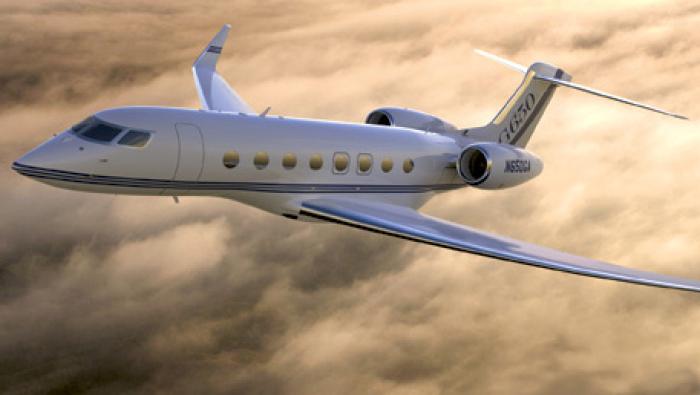Japan expects to receive its first pair of KC-767 tankers by the end of this year’s first quarter as the controversial and much-maligned program’s development schedule at last appears firmly established. Boeing has moved modification work planned for the final three of four Japanese KC-767s on order and two of the four Italian airplanes from Finmeccanica’s Aeronavali subsidiary in Naples to Boeing’s Integrated Defense Systems facility in Wichita, Kansas, in an effort to speed their completion. Original schedules called for delivery of the first KC-767 to the Italian air force in November 2005, two and a half years ahead of the latest target of mid-2008. The Japan Air Self Defense Force originally expected its first airplane to arrive in December 2006.
Boeing attributed the delays to design changes, computer modifications and a flight test and certification program schedule that proved too aggressive under the circumstances. It hasn’t publicly placed any responsibility for the delays on Aeronovali, although Boeing did cite Wichita’s “experience” in its decision to move the completions back to the U.S. At the time, Wichita had completed three airplanes, while Aeronovali hadn’t progressed far enough on its two Italian airplanes to meet a mid-2008 delivery target.
The first Japanese KC-767, meant from the start to undergo modification in Wichita, resumed flight testing last August after completion of what Boeing called scheduled ground modification work requested by the customer. “Our team is squarely focused on meeting our Japan customer’s needs by resuming flight test activities, resolving some flight deck communications issues and expanding the FAA certifications already received for this tanker aircraft,” said Boeing KC-767 Japan program manager George Hildebrand. “We’ll also provide upgrades to their night aerial refueling operations lighting system, allowing for greater visibility when refueling other aircraft.”
Japan’s second tanker flew for the first time on November 18 after undergoing modification in Wichita. Since then Boeing has accomplished night refueling on the Japan tanker using the fifth-generation boom with upgraded software.
“Completing our modification and first flight for Japan Number Two is significant because we now have three international KC-767 tankers in flight at the same time,” said Cliff Hall, director, Boeing International Tanker Programs. “This additional asset helps us reduce risk in our schedule and provides a clear path to meet our delivery commitments for 2008.”
Those commitments include two KC-767As for Italy, for which Boeing flight tested a newly designed pylon that attaches the wing air refueling pod (WARP) on each wing. Flight testing showed that the original design failed to adequately account for the onset of buffeting caused by airflow separation on the wing pylons that carry the refueling pods. The onset of buffeting effectively establishes the limit of maximum airspeed. Because buffeting occurred at slower-than-expected speeds, Boeing had to re-shape the pylons. The company also completed U.S. Federal Aviation Administration (FAA) certification testing for the KC-767 mission control system.
When using the WARPs, the tanker tows from either wing a hose with a drogue (basket) attached to the end. The receiver aircraft uses a probe to connect to the basket and take on fuel. When fully functional, a WARP-equipped KC-767 can simultaneously refuel two aircraft and offload 400 gallons of fuel per minute from each wingtip pod.
The Japanese version of the KC-767 uses only a refueling boom and does not carry hose-and-drogue units. The fly-by-wire-controlled boom works in tandem with a remote aerial refueling operator (RARO II) system, which allows the boom operator, equipped with 3-D goggles, to sit directly behind the cockpit rather than having to lay face-down in the back of the airplane.
While such features undoubtedly add to the airplane’s appeal, technological wizardry will take Boeing only so far in its effort to win the long-contested U.S. Air Force tanker replacement program over the Airbus’ offering based on the A330-200. Boeing itself acknowledges that past performance would undoubtedly play into the Air Force’s decision, making the need to get the eight airplanes on order to their respective customers as soon as possible all the more urgent.
Nevertheless, the decision to take away workshare from Aeronavali reportedly didn’t meet with a warm reception at parent company Alenia, although neither the Italians nor Boeing has conceded any ill feelings. In fact, when Italy placed its order for the four airplanes in 2002, workshare considerations played heavily into the decision. Boeing must now find alternatives to meet its contract obligations.







